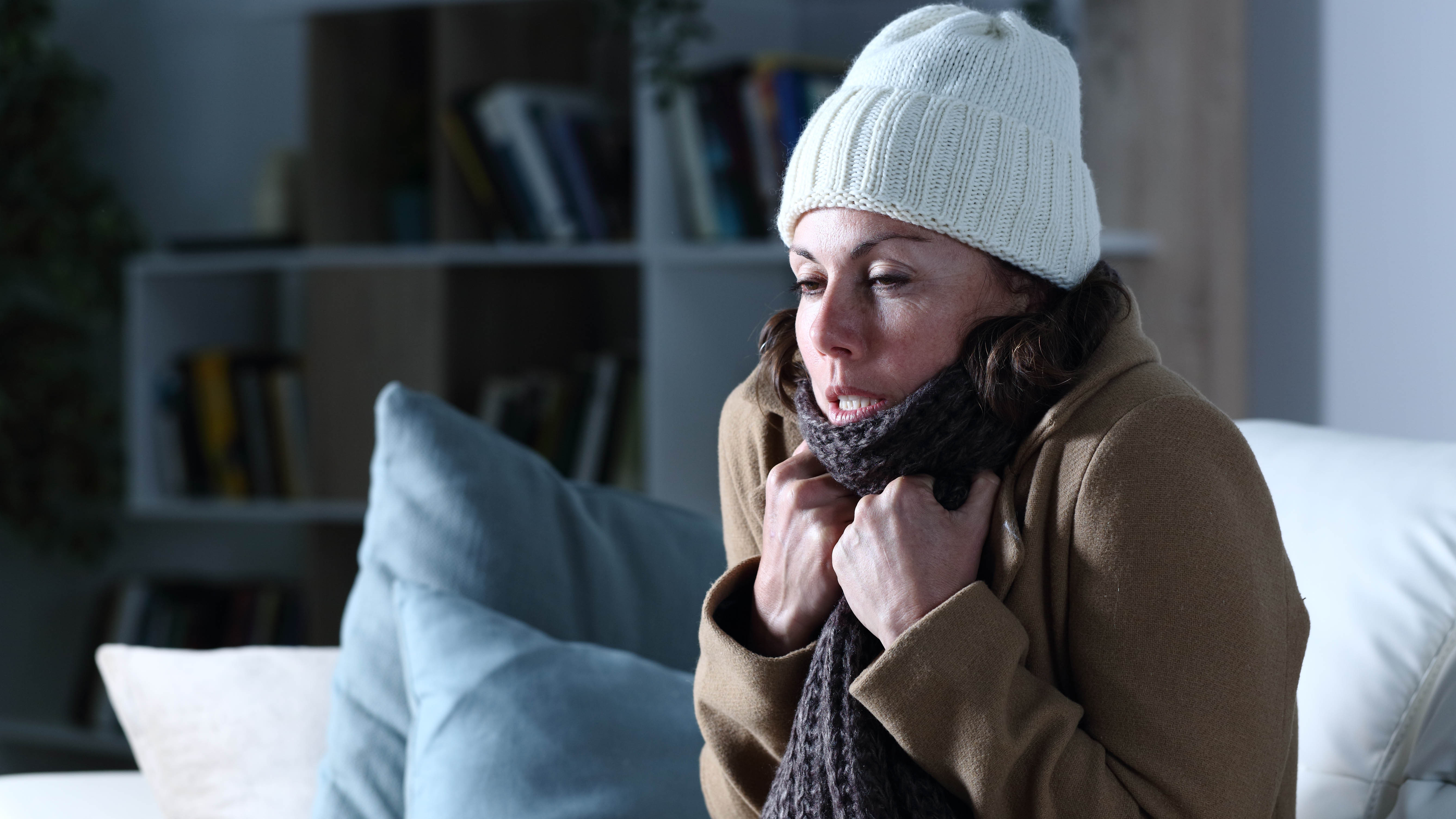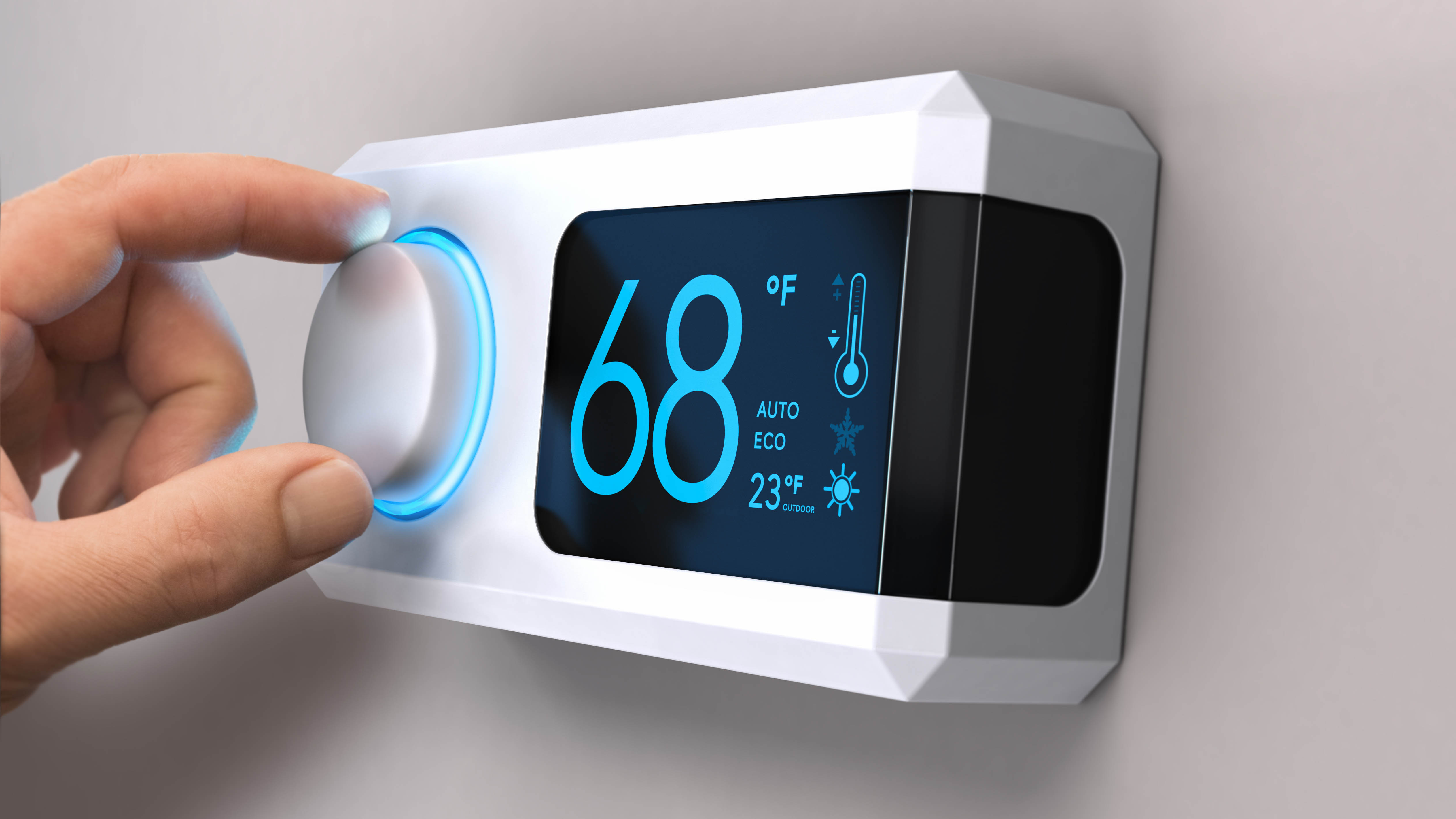When is the best time to turn the heat on? What the experts say
Here's when you should turn the heating on and keep your home toasty — while still saving energy

Now the weather is getting colder, it’s that time when we're cranking up our heating. But with soaring living prices, many households are looking for ways on how to cut down energy bills, with tips on how to winterize your home this winter. Knowing when is the best time to turn the heat on can make all the difference to energy consumption (and our pockets!).
In fact, there are several ways to save money on your heating bills without compromising your warmth and comfort at home. One sure way to reduce your heating bill is to invest in one of the best smart thermostats to ensure you don’t waste energy, and save substantial money on your bills. A smart thermostat can detect when you’re not at home, and have it ready at the right temperature for when you return.
However, if you’re concerned about turning up the thermostat too early (or too late), here’s the best time to turn the heat on, according to experts.
When is the best time to turn the heat on?

While there is no right or wrong answer, experts generally recommend turning on the heat once the indoor temperature drops below 64 degrees Fahrenheit. According to the Energy Saving Trust, you should set your heat to come on around half an hour before you wake up, and to turn off around half an hour before you go to bed. This is mainly because it takes "an average home takes around 30 mins to heat up when the heating comes on and 30 mins to cool down when it goes off." Typically, temperatures are lower first thing in the morning and once the Sun goes down, so it’s worthwhile keeping the home warm during these periods.
And if you think that leaving the heating on low during the day is energy efficient, you’d be wrong. Most experts advise against leaving the heating on low all day, as not only is this unnecessary, but will most likely cause your energy bills to soar, as it costs more to raise the heat from a lower level than it is to maintain a given temperature.
Of course, if the house is empty during the day, there’s no need to heat during this time. Just make sure you've set the timer to come on for a period of time before you arrive home. After all, nobody likes to come home to a freezing house!
How high should I set my thermostat?

Contrary to popular belief, cranking up your thermostat when its colder doesn’t make your home heat any faster. According to ENERGY STAR, setting your thermostat to 68 degrees Fahrenheit when you’re at home is the ideal, lowest comfortable temperature and most energy efficient. And while the house will heat up to the set temperature, no matter the weather, it may take a little longer on colder days. However, for every degree you turn down your thermostat (and leave it there) you can save between 1 and 3 percent of your heating bill.
Get instant access to breaking news, the hottest reviews, great deals and helpful tips.
Other tips to heat a room and save money
— Only heat the rooms you need. Turn the radiators off in unused rooms; if you have central air, close the vents in that room.
— Close all internal doors to keep the heat in. If there are any gaps around the edges of the door frame, you can use draft-proofing strips like this Everlasting Comfort Under Door Draft Stopper ($19, Amazon), on the bottom of doors.
— You’ll need to learn how to bleed your radiators to remove trapped air if you want your central heating system to give best results.
— Insulate loft spaces, and ensure any pipes or vents leading into your house are properly sealed/insulated. For colder climates, homes should have insulation with a minimum R-value of 49, while houses in hot climates should have an R-value of 30, according to the U.S. Department of Energy.
— Keep drafts out by knowing how to insulate your windows, or use weatherproofing to banish chills coming in from doors and windows.
If you're looking to reduce your bills in other ways, check out these 15 water saving tips too. And we've got 7 things to know before buying solar panels if you're mulling over that change to your home. Plus, did you know that this is the cheapest time to do your laundry? Also, what is an Energy Star rating and how can it save you money?

As the Homes Content Editor, Cynthia Lawrence covers all things homes, interior decorating, and garden-related. She has a wealth of editorial experience testing the latest, ‘must-have’ home appliances, writing buying guides and the handy ‘how to’ features.
Her work has been published in various titles including, T3, Top Ten Reviews, Ideal Home, Real Homes, Livingetc. and House Beautiful, amongst many.
With a rather unhealthy obsession for all things homes and interiors, she also has an interior design blog for style inspiration and savvy storage solutions (get rid of that clutter!). When she’s not testing cool products, she’ll be searching online for more decor ideas to spruce up her family home or looking for a great bargain!
